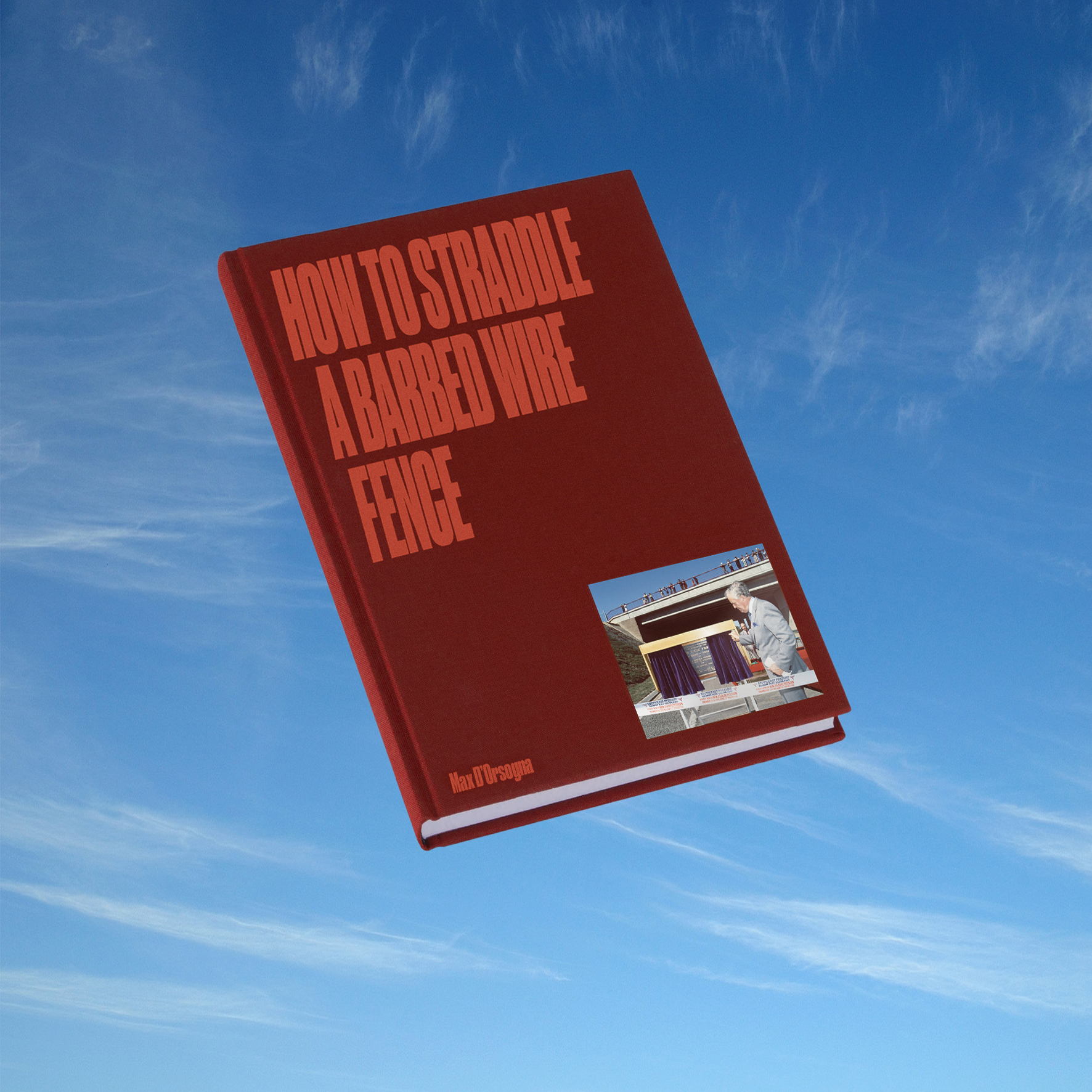
Fibro Libri Editions 001 , hardcover 1st ed. TBC 2023.
Dummy newsprint catalog, 2022, 56pp, 25 x 19cm, softcover,
Collected by the Martin Parr Foundation.
FULL PDF VERSION HERE
Named after one man’s weakness for malapropisms and mixed-metaphor, How To Straddle A
Barbed Wire Fence is a publication presenting images from the Queensland State Archives'
photographic collection spanning the period 1980-1989, uploaded to the governmental
account of a popular online image-sharing website without any indication that the Bjelke-Petersen regime behind their production was, in fact, a blithely corrupt hillbilly dictatorship.Dummy newsprint catalog, 2022, 56pp, 25 x 19cm, softcover,
Collected by the Martin Parr Foundation.
FULL PDF VERSION HERE
The Australian state of Queensland during Johannes ‘Joh’ Bjelke-Petersen’s premiership from 1968-87 ‘appeared to confirm the claim that every country has a South’ (Wear, 2010). The son of a Danish Lutheran pastor, former peanut farmer Bjelke-Petersen’s staunchly conservative, authoritarian rule was predicated upon a populist appeal to a misremembered ‘golden age’; the majority of agrarian Queensland’s population resided outside urban areas and Joh’s mandate had been carefully connected by wily press secretary Allen Callaghan to offer reassurance for those who felt ‘threatened or alienated by the complexity of modern urban life’ (Jones, 1987).
This paternalistic, insouciant rhetoric was to foreshadow an atmosphere in which progressive thought was regarded with condemnation, expressions of dissent met with police brutality and investment in the mining and natural resources sector savagely prioritised at any cost. Isolated only further by a reputation cultivated in the imaginary as the most insular, intolerant outpost of an already hostile colonial frontier, the premier’s almost two-decade reign eventually imploded in the sweeping Fitzgerald Inquiry that exposed the endemic, wholesale corruption within the state’s political apparatus and lead to the jailing of police, ministers and the complete dissolution of the National Party’s government after 32 unchallenged years in power.
Buffered with pull-quotes and historical news excerpts from state and federal media in an attempt to ‘correct' the archive, How To Straddle A Barbed Wire Fence mobilises this additional context to draw attention to the carefully constructed nature of its departmentally commissioned, state-sanctioned imagery; ostensibly created with a few to projecting a public image of Queensland as affluent, pastoral Promised Land during the Bjelke-Petersen era.
The formal beauty of these radiant, flash-filled colour photographs is perhaps their most troubling quality — quite evidently the work of one (uncredited) photographer with a distinct visual signature, battling the unrelenting Queensland sun with deftness and a painter's eye. Such technical perfection simultaneously discloses too; in one picture a male public servant leans on the desk of a female co-worker, watching as she inputs data into a vintage computer workstation, a condescending if not innocuous gesture until his Playboy Magazine tie-pin is revealed by zooming into the image — a minuscule, yet damning detail that slips the net of such manicured, imperial propaganda. The photographs are reflexive in their subject matter too; many images 'expose' the machinery of public image production at state level as we are taken into the studios and darkrooms of governmental departments — forcing us as viewer to contemplate notions of archives as both sites of power and obfuscation.
As the photographer and educator Lewis Bush keenly reminds us in his lucid summary of Alan Sekula’s touchstone The Body and The Archive (1986), ‘amongst all the instruments of domination to be invented in the modern era, one of the most powerful wasn’t the repeating rifle or the ironclad gunboat, but the filing cabinet’.
All images in this publication sourced from Queensland State Archives © with fair use/dealing enabling the authorisation of their limited publication under the Copyright Amendment Act 2006 (Cth) and Copyright Act (1968) as satire.
HOME?
Full Note:
Pages 6, 7: Bjelke-Petersen, Joh, Sir. 1998. Feeding The Chooks, edited by Helen Cameron. Kingaroy, Qld.
Pages 8, 9: Canberra Times (ACT : 1926 - 1995), Tuesday 21 July 1987, page 8
Pages 10, 11: Tribune (Sydney, NSW : 1939 - 1991), Wednesday 14 November 1979, page 6
Pages 12, 13: Canberra Times (ACT : 1926 - 1995), Saturday 14 November 1987, page 3
Pages 14, 15: Tribune (Sydney, NSW : 1939 - 1991), Wednesday 5 April 1978, page 5
Page 16, 17: Tribune (Sydney, NSW : 1939 - 1991), Wednesday 2 May 1979, page 12
Page 22, 23: J Bjelke-Petersen In 'The Best of Badinage', Business Review Weekly 1986.
Page 26, 27: Tribune (Sydney, NSW : 1939 - 1991), Wednesday 29 April 1987, page 2
Page 28, 29: Tribune (Sydney, NSW : 1939 - 1991), Wednesday 25 August 1976, page 3
Page 30, 31: Tribune (Sydney, NSW : 1939 - 1991), Wednesday 16 November 1977, page 12
Page 36, 37: Canberra Times (ACT : 1926 - 1995), Sunday 9 August 1981, page 3
Page 40, 41: Tribune (Sydney, NSW : 1939 - 1991), Wednesday 25 January 1978, page 11
Page 44, 45: Canberra Times (ACT : 1926 - 1995), Thursday 8 August 1991, page 2
Afterword Notes:
Wear, Rae. 2010. “Johannes Bjelke-Petersen: straddling a barbed wire fence”. QH Atlas.
URL: https://www.qhatlas.com.au/content/johannes-bjelke-petersen-straddling-barbed-wire-fence
Jones, Barry. “Flashback: The psychology of the Joh phenomenon.” Canberra Times. August 8, 2018
